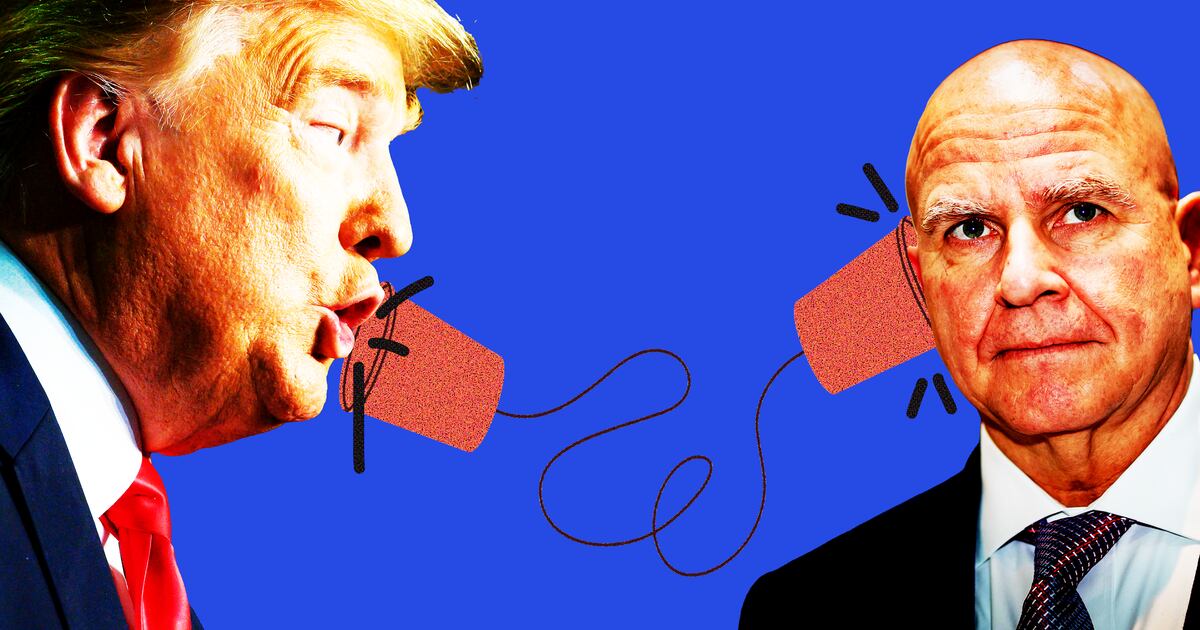
For much of the twentieth century—the American century, as Time’s founder, Henry Luce, dubbed it—Time Inc. was the world’s most successful and powerful publishing company, and its employees were the among the most richly rewarded. The pay was good, but the perks were legendary. Now in the middle of laying off 600 of its 7,000 U.S. employees, after firing hundreds more in the last few years, it's cutting back those lavish expense accounts. Here, some memories of the way things were.
"I used to say when I would pass a particularly lavish house in foreign capital, ‘That’s either an Arab embassy or the home of the Time Inc. bureau chief.’" -Calvin Trillin
1950s Dick Stolley, who started his decades-long Time Inc. career at Life in the 1950s (he’d later buy Abraham Zapruder’s film of the Kennedy assassination for the magazine for $150,000 before going on to start People magazine): “We would rent planes and that sort of thing. The famous story is about a photographer who submitted an expense account during Second World War, and the picture editor looked at the expense account and cabled back, ‘You have $300 for taxi fares in April, and during that period you were on an aircraft carrier.’ And his mythical response was, ‘It was a very big aircraft carrier.’ That is the best story I ever heard, though it’s probably not true. And of course there was the drink cart, and the food being delivered. This was in the old building, 9 Rockefeller Plaza, where we were until 1959. I don’t remember the drink cart so much in the new building. On closing nights, which for Life back then was Saturday, first a cart would go by with wine and liquor, mixed drinks. Then that was followed by a French meal, from a French restaurant directly across the street. They would load up these special carts, with receptacles for the food, to keep it warm, and they would come by and feed you. This was a closing night ritual, first the drink cart and then the food.”
1960s Calvin Trillin, a Time correspondent in the South in 1960 and ’61 before coming to New York to work as a reporter and then writer for the magazine: “In the South, I was not in the high-on-the-hog expense thing. One of my expense items, I remember, was ‘After-prayer-meeting snack, Tuskegee, $3.75.’ I also had an expense once, ‘Pants ruined in racial disturbance, $22.50.’ And then somebody said to me, ‘Put it down as a lunch.’ That was a good phrase. I tried out for a while to see how outlandish I could have the lunches be. At one point I had lunch in some dismal part of Mississippi with Trygve Lie, the first secretary-general of the United Nations. Who I think was dead by that time. They didn’t care. I used to say when I would pass a particularly lavish house in foreign capital, ‘That’s either an Arab embassy or the home of the Time Inc. bureau chief.’”
1970s John Manners, a writer and editor at Time-Life Books in the 1970s and ’80s and Money magazine in the ’90s: “You were part of a little club. And the perks to membership were the expenses, the parties. It was generally thought that coming to work ought to be fun, and it was part of management’s job to make it fun. They expected you to work hard, to get your work done, to stay late if that’s what it took, to work on weekends if that’s what it took, but in return you got all those perks and generous vacation—I had five weeks my first year.”
1980s Brian O’Reilly, longtime writer and editor at Fortune: “I used to commute to New York from the Princeton region with a writer from Time magazine, back in the early 1980s. Back in those days, Time Inc. would let you just turn in the little tab at the bottom of a restaurant bill, the area that was perforated and you could tear off. You could write in any amount, and they'd accept it. When the company finally cracked down on that, this writer friend from Time told me he had to take his daughter out of private school and send her to the local high school.”
1990s Alison Rogers, a reporter at Fortune in the early 1990s: “Word was that John Curran, a top editor who ran the Fortune Investor's Guide, got special latitude with his expenses. And once he took us all to lunch at La Cote Basque. Because the Investor’s Guide that year had done so well. So often, even though they were over-the-top expenses, they were bonuses in a way. It wasn’t, ‘Everyone gets to go to La Cote Basque.’ It was, ‘John gets to take people to La Cote Basque, because his particular special issue did so well.’”
2000s Joel Stein, staff writer at Time in the late 1990s and early 2000s: “I somehow got them to pay for my Rainbow Room membership. Free breakfast every day over at the top of 30 Rock. I think I just sort of snuck it in. I don’t think there was a rationale at all. And then my Friar’s Club membership I also expensed. There was some rule that may have been true, or we have made up, that it was OK to expense lunch if we took each other out. Not every day, but often. It would be, ‘Not anything good in the cafeteria? Let’s go out and have a ‘business discussion’ and expense it. It was outrageous. When I left the staff, I was sad to say goodbye to all my friends there, but the really hard thing was giving up that AmEx card. I gave it a little funeral, and I was crying over it.”
Priscilla Painton, writer and then high-level editor at Time, 1989-2006: “The culture of Time expense accounts was always wildly exaggerated—at least in the last eighteen years, when I was there. But there was a period recently when the free Snapple was taken away. There were a whole bunch of things taken away, but for some reason people focused on the fact there was no free Snapple anymore. It hit hard, for reasons that were symbolic.”
What were your favorite Time Inc. perks? Former employees can feed The Daily Beast in the comments below.
Jesse Oxfeld, a senior editor at New York Magazine, has covered the media business for Gawker, Editor & Publisher, and Brill's Content.





